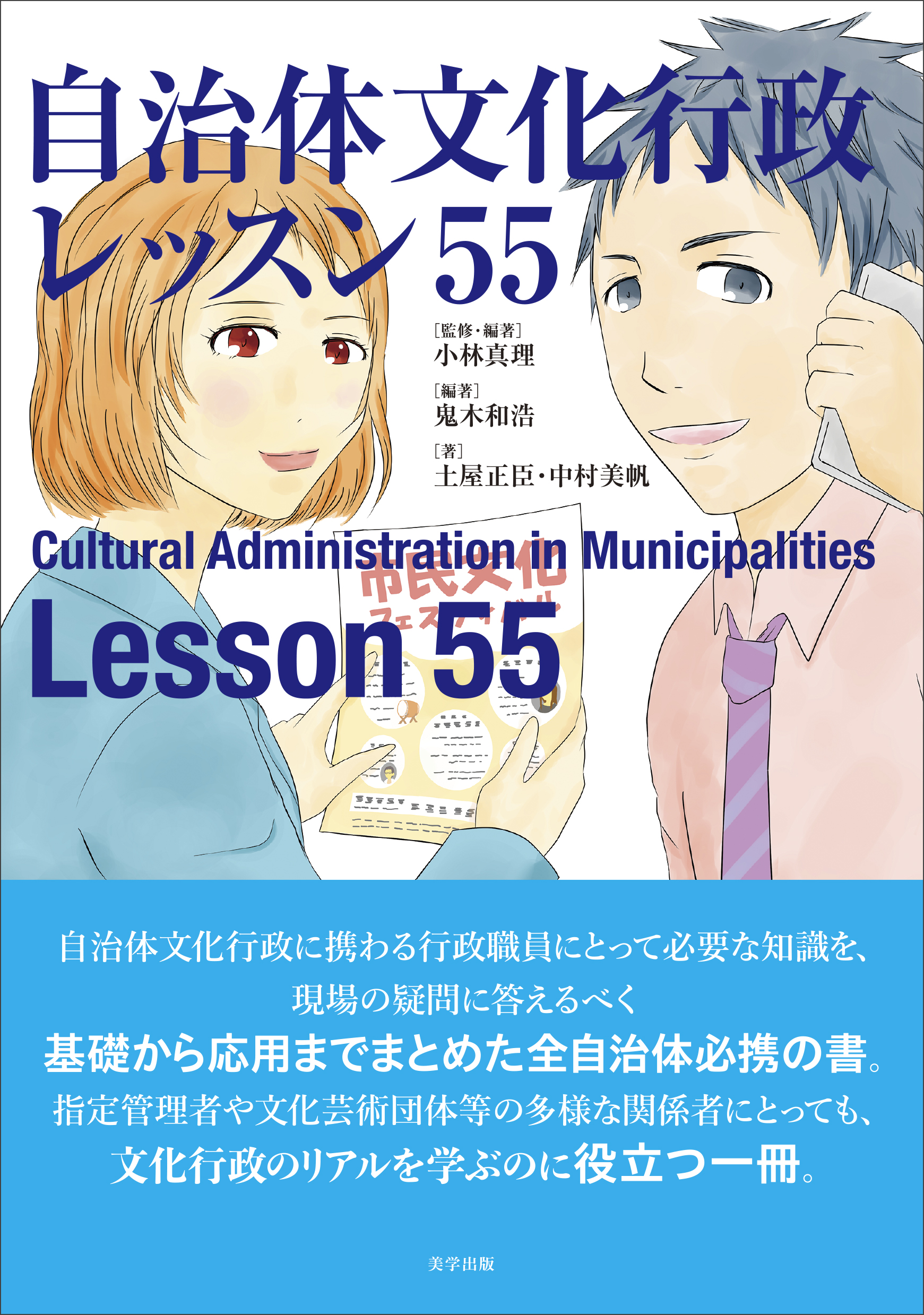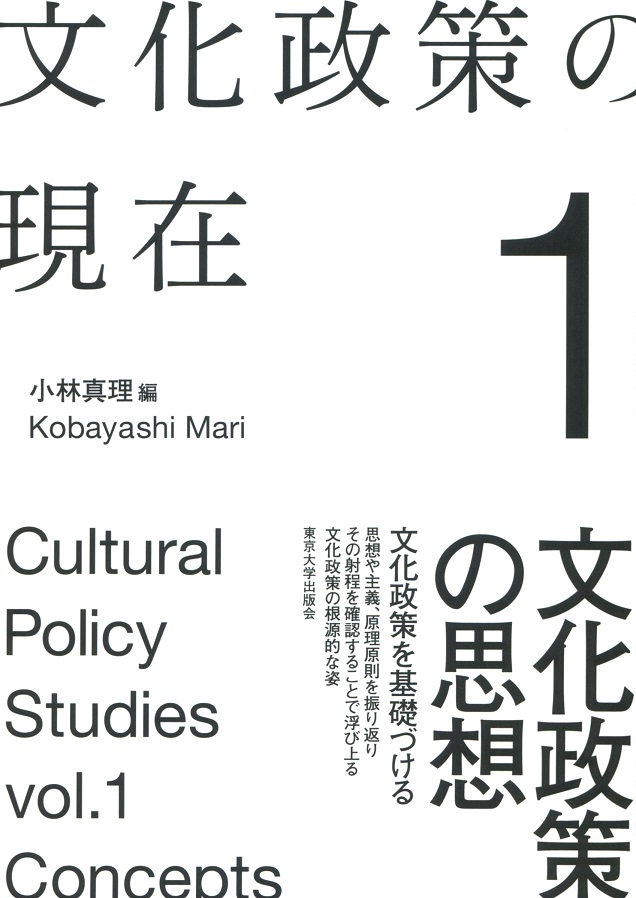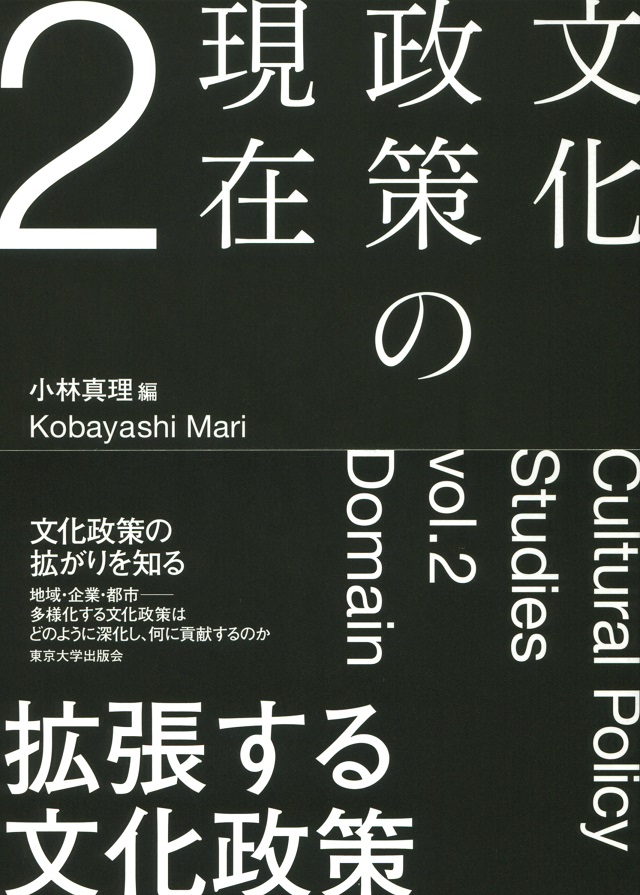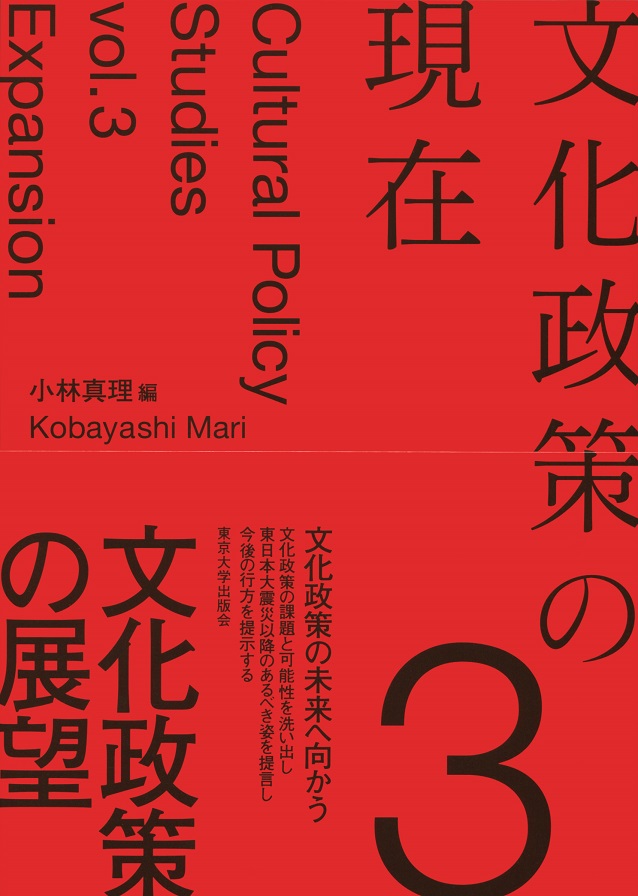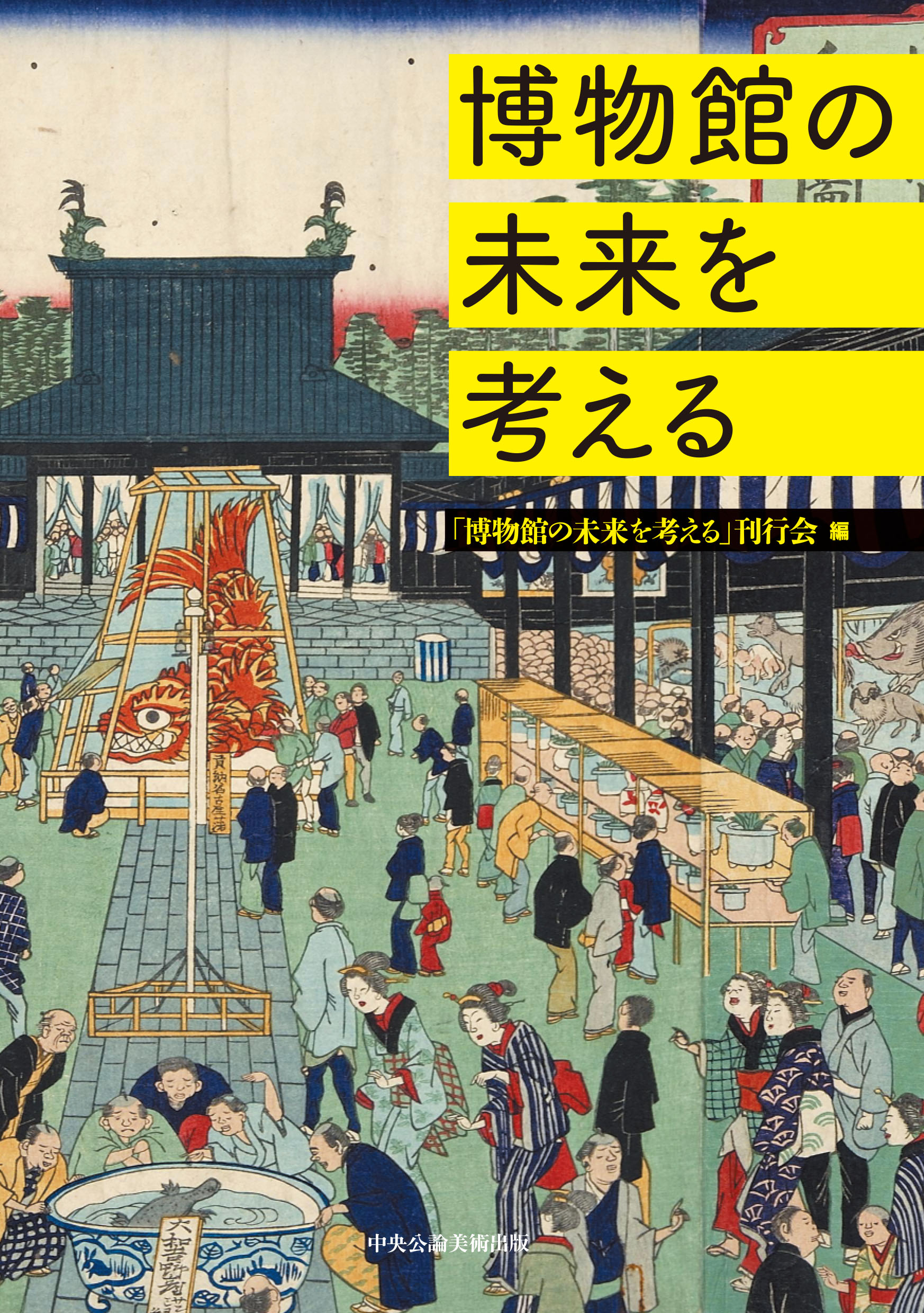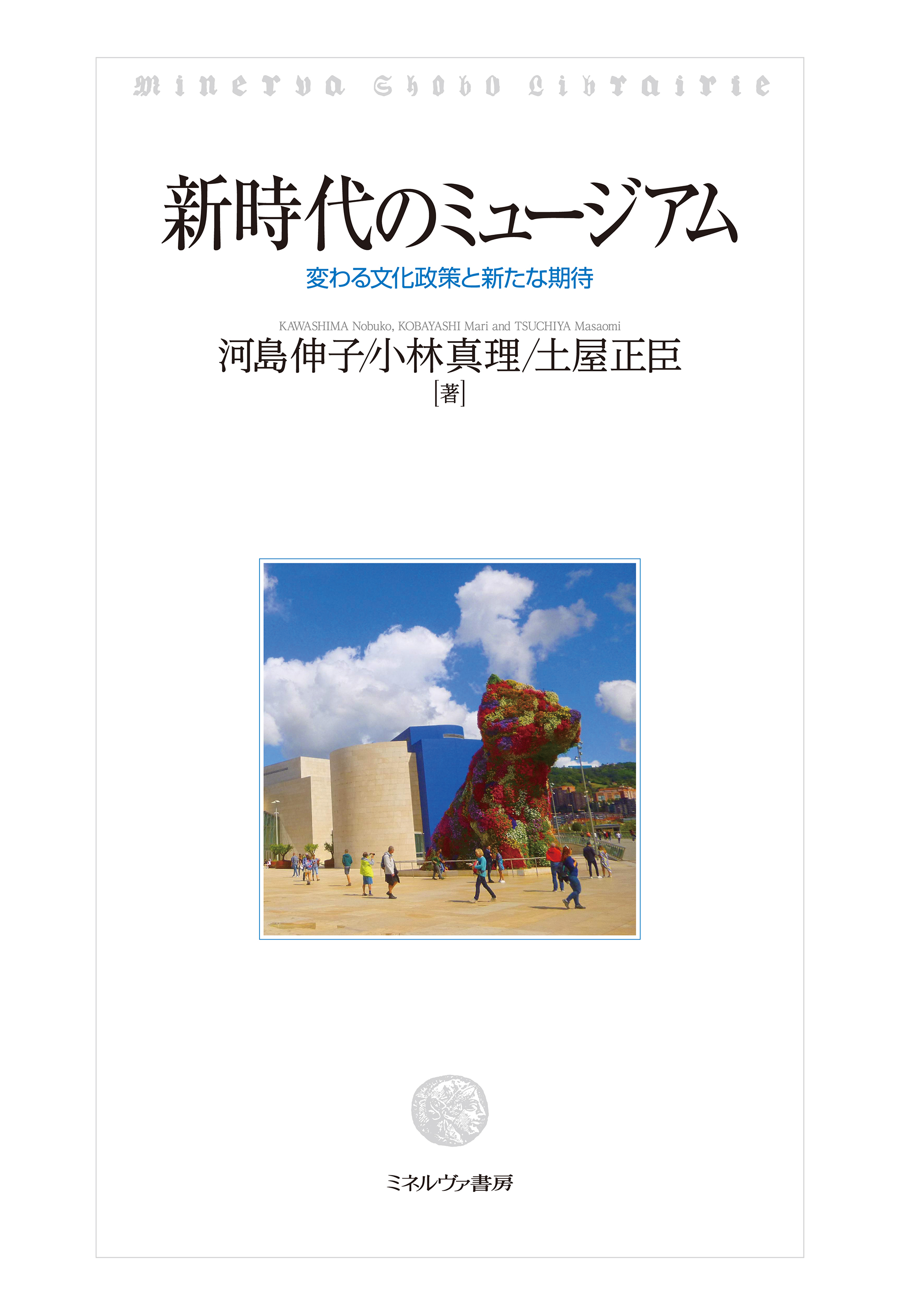
Title
Shin-Jidai no Museum (Museums of the New Era - Changing Cultural Policy and New Expectations)
Size
274 pages, A5 format
Language
Japanese
Released
September 01, 2020
ISBN
9784623089741
Published by
Minerva Shobo
Book Info
See Book Availability at Library
Japanese Page
Do you know how many museums there are in Japan? What kind of museums are you familiar with? Museums handle collections related to history, art, folklore, industry, natural science, and so on. Not only history museums and science museums, but also art museums, literature museums, botanical gardens, zoological gardens and aquariums are museums. Some universities have museums. Naturally, the University of Tokyo also has the University Museum, Museum of Health and Medicine, Farm Museum, and Medical Science Museum. There are as many as 5,700 different museums in Japan. It is unusual for a country to have so many museums. There are so many different kinds of museums that it is hard to say briefly what a museum is, but what museums do is gather, store, exhibit, and conduct research on their collections. Perhaps what you are familiar with is the “exhibition” function, but this is only one part of a museum’s work. It can be said that the number of museums is proof that Japan has built up a rich museum culture. These museums were built after the Second World War. Not only do we need to pass down our heritage to the future through the accumulation of collections, it is also necessary to further promote and develop museum culture, including the utilization of these collections.
Since the beginning of 2021, the Museum Committee of the Cultural Council, under the Ministry of Education, Culture, Sports, Science and Technology (MEXT), has been discussing the revision of the Museum Act, the law governing museums. The law was enacted in 1951, and it looks like this revision, the first in 70 years, will be drastic. The trigger for this revision was the transfer of administrative responsibility for museums from MEXT to the Agency for Cultural Affairs. This book examines museums from the viewpoints of cultural economics, cultural policy, and museology to consider the kinds of systems and policies that should be implemented and the kinds of roles museums should perform in society to enable established museums to continue to To carry on their collections for the future.
In the book, the examination from the cultural policy perspective, which I took charge of, is found in Chapter 2, “The Absence of Museum Policy: Rethinking the Public Value of Museums,” Chapter 4, “The Management and Operational Structure of Museums: The Designated Manager System and the Potential for Local Incorporated Administrative Agencies,” and Chapter 6, “The Old New Challenges of Museums: Documenting Communities.” In Chapter 6, I have dealt with cases where documentation was firstly created and then efforts made to preserve it for the future, although museums are based on the premise that the collection exists previously. Personally, I am researching into institutions and policies that enable culture to be sustainable in a broad sense. I participated in the writing of this book as a part of this research.
(Written by KOBAYASHI Mari, Professor, Graduate School of Humanities and Sociology / 2022)



 Find a book
Find a book


